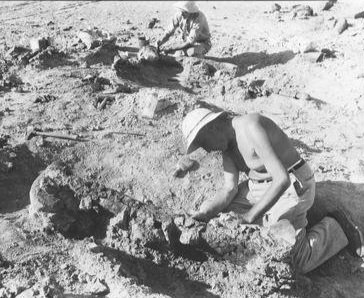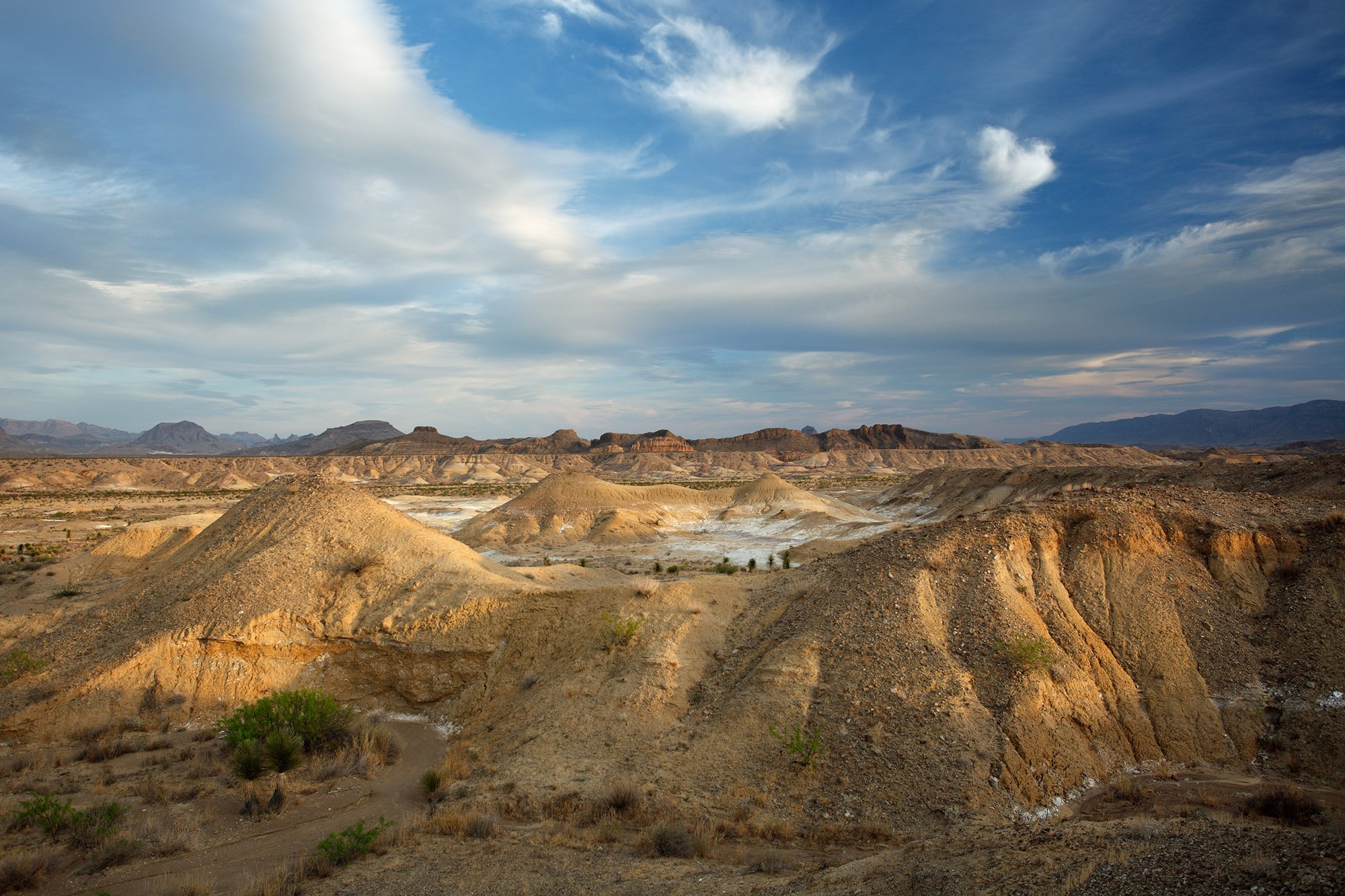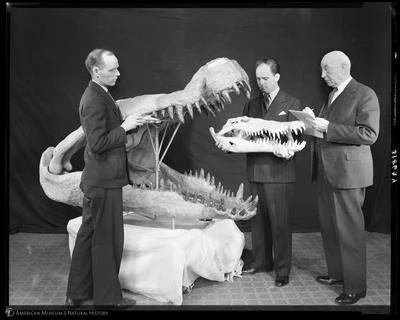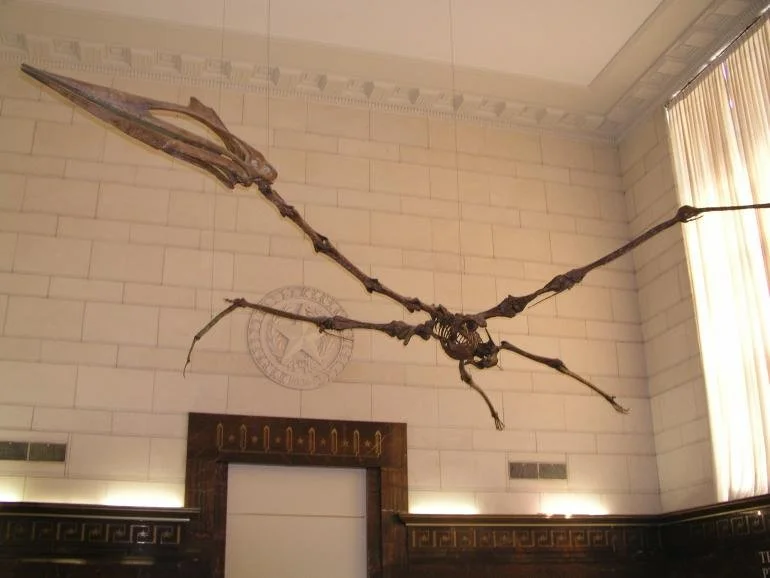
Pride of Big Bend
Impressive Biodiversity
Like most National Park Service units, Big Bend National Park is especially proud of its resources that are superlative—the biggest, the best, the most, the oldest, the first. You may already know that Big Bend NP has more species of birds, bats, and cactus than any other unit in the National Park Service (NPS), demonstrating the park’s impressive biological diversity.
Claims to Fame
Big Bend NP preserves a remarkably long and intact geologic record, spanning 130 million years. Most other parks, even those renowned for their fossil records and geology, cover a much shorter time span.
Big Bend is the only unit in the NPS where the Cretaceous-Paleogene Boundary (K-Pg; formerly K-T) is exposed and can be observed. These rocks were laid down 66 million years ago during the extinction event that wiped out the dinosaurs and three-quarters of plant and animal species on Earth.
The K-Pg boundary is exposed in the badlands on the western side of the park.
Notable Facts
Big Bend's giant pterosaur on display at the Texas Memorial Museum.
Only in Big Bend
Several species of dinosaur were discovered in, or are only found in, Big Bend NP. These include horned dinosaurs (ceratopsians) such as Agujaceratops mariscalensis, Agujaceratops mavericus, and Bravoceratops polyphemus, and duck-billed dinosaurs (hadrosaurs) such as Gryposaurus alsatei.
Big Bend also has a tyrannosaur as big as the largest known Tyrannosaurus rex—it is probably a cousin of T. rex and a new species, but not enough of it has yet been found to positively identify it by name.
Another giant predator from the parks’ fossil record is Deinosuchus riograndensis—a 35-foot long giant alligator. Fun fact: we occasionally find dinosaur bones with Deinosuchus bite-marks, so we know they were eating dinosaurs.
Petrified stump in growth position, showing tree roots.
Top Tier Fossil Park
Big Bend geology is extraordinarily diverse. The park contains marine and continental sedimentary rocks, intrusive and extrusive igneous rocks, and metamorphic rocks. This variety in the park’s geology supports the park’s biodiversity by creating changes in elevation, producing different soil types, and affecting the location of springs and watercourses, all of which provide a tremendous assortment of habitats for the park’s plants and animals.
Over 1200 different fossil species are known from the park, placing Big Bend in the top tier of “fossil parks.”
The world’s largest known flying creature of all time was found in Big Bend NP. This is Quetzalcoatlus northropi, a pterosaur (flying reptile) with a 35-foot (10 meter) wingspan.
Deinosuchus attacking a hadrosaur (artwork by Julius Csotonyi)
Evolution of Mammals
Big Bend NP contains the southernmost basin in the U.S., and its fossil record provides extremely important information on the evolution of mammal species on this continent. Big Bend has produced fossils of the latest surviving primates prior to their extinction in North America about 40 million years ago.
At least 8 species of fossilized trees that are new to science were discovered in Big Bend NP.
At a site in the park 18 stumps of two species of flowering tree (Metcalfeoxylon and Agujoxylon) were found in their original growth positions. This extremely rare “paleo-forest” is important because it allows scientists to reconstruct the ancient forest, by measuring spacing between the stumps and inferring tree height from the stump diameter.

Final Fossil-Hunting Trip
In 1940, legendary paleontologist Barnum Brown, of the American Museum of Natural History in New York, made the final fossil-hunting trip of his career to what is now Big Bend National Park. His campsites and excavation localities are now considered to be historic sites.
Mountain Ranges in The Big Bend
-

Appalachian Mountains
Evidence of the Appalachian Mountains can be found to the north of the park, where distinctive white hogbacks are seen along Highway 385—these rocks were tilted by the same forces that created the Appalachians roughly 300 million years ago.
-

Rocky Mountains
The Dead Horse Mountains in the park were uplifted as part of the creation of the Rocky Mountains roughly 65 million years ago. Mariscal Mountain represents the southernmost expression of the Rockies within the U.S., although the mountain range continues south into Mexico.
-

Basin & Range Mountain
Finally, starting about 17 million years ago, the Basin and Range mountain-building event caused the central portion of the park to sink, relative to the Dead Horse Mountains and the Mesa de Anguila, thus preserving the fossil-bearing deposits from erosion









